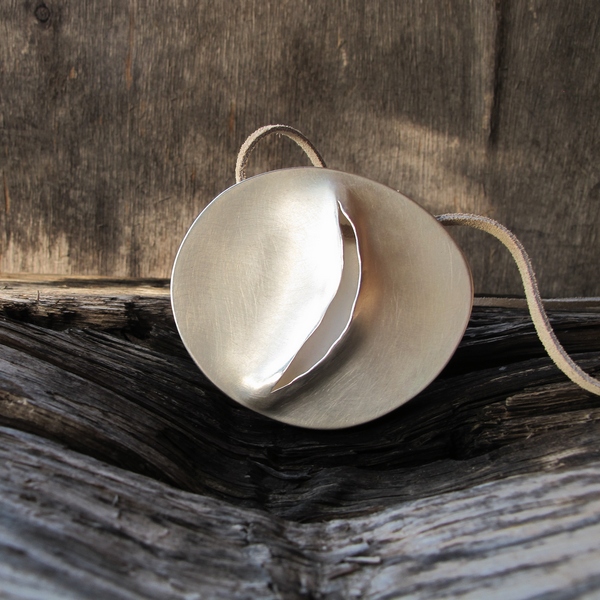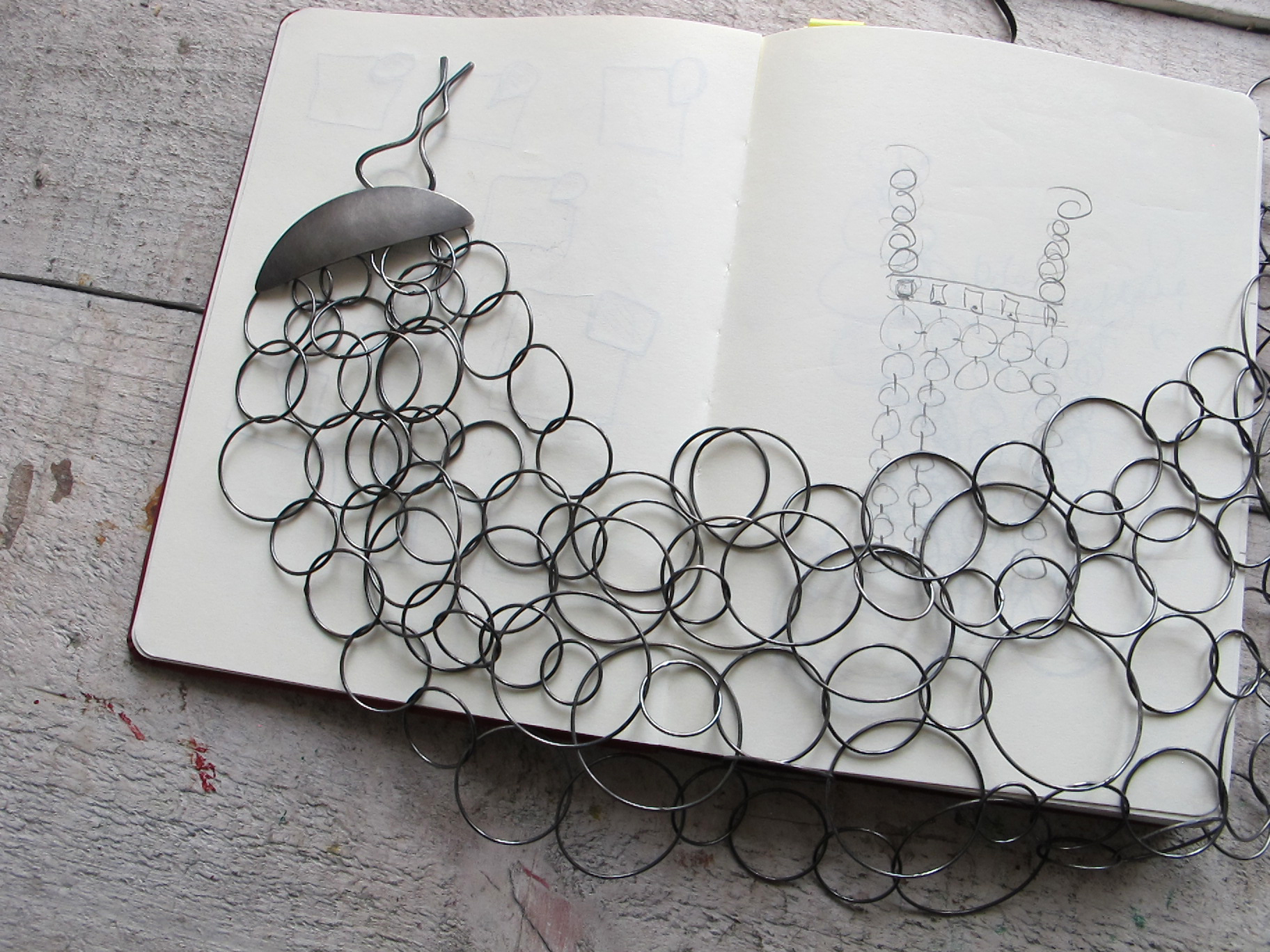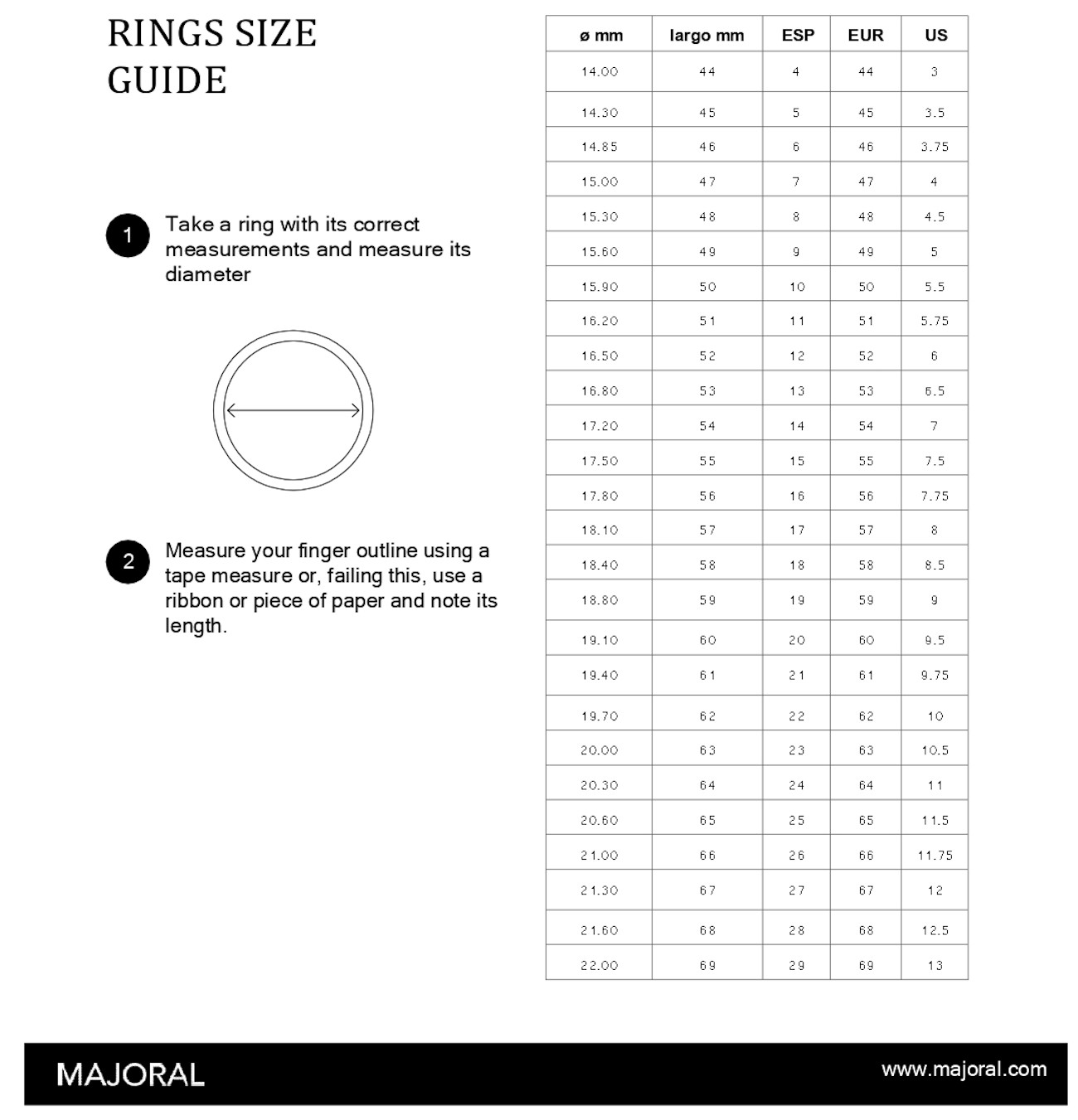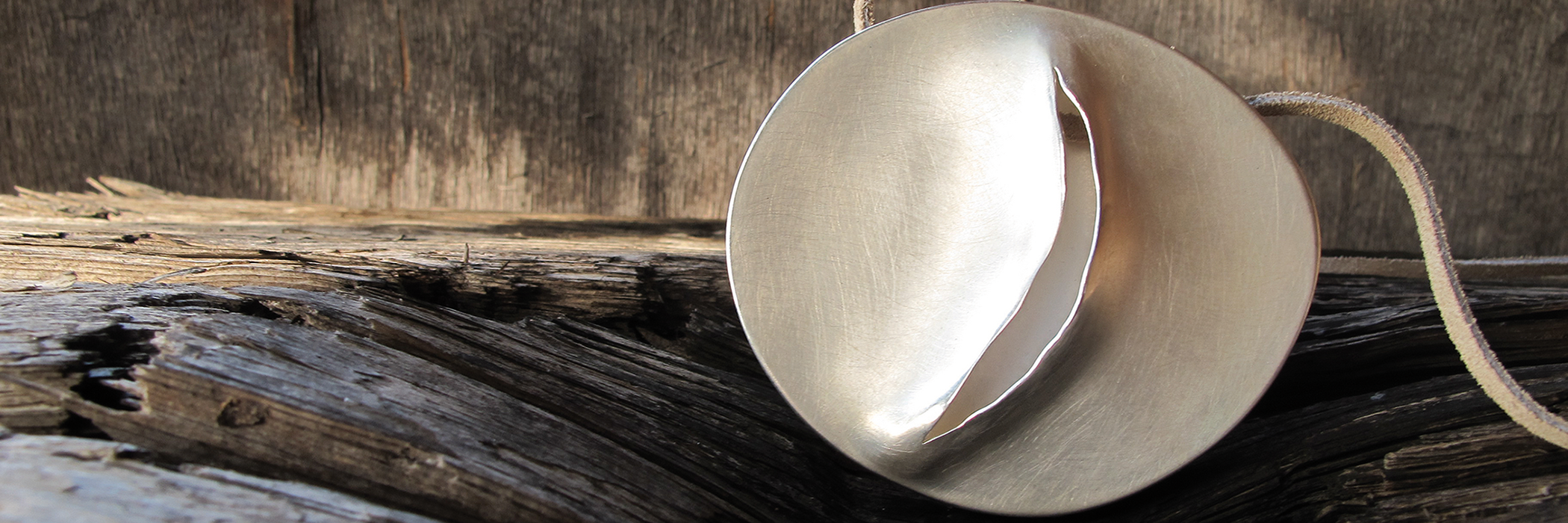
Contemporary jewellery: the role of art in the democratisation of jewellery
We understand contemporary jewellery as a rich and complex jewellery-making discipline, which marks a turning point in the sector, and which is characterised by shifting towards the sphere of art. The beginnings of artisanal jewellery are as old as the beginnings of humanity itself. For thousands of years, artisanal jewellery has become an activity present in all civilisations. .
The evolution of jewellery over the years had a turning point with the emergence of contemporary jewellery. The concept of contemporary jewellery arose at a time when jewellers turned their jewellery-making conceptions towards a creative terrain, where classical craftsmanship was combined with the symbolism and capacity of expression of the visual arts. While the beginnings of contemporary jewellery date back to the mid-20th century, it is impossible to conceive this commitment to jewellery-making using expression and imagination without taking into account the influence of premature artistic currents.
Modernism as a launching pad of the democratisation of jewellery
Modernism (or Art-Nouveau) became the major turning point in the democratisation of jewellery and the appearance of a practice that went beyond the canons and rules in order to embrace the fluidity of art. Emerging in the late-19th century, Modernism became an original, youthful and modern artistic current that encouraged many jewellers to create new styles and languages through jewellery. Influenced by social, cultural and aesthetic values of the Renaissance, at the end of the 19th century, European jewellers began to accept a role that placed them between art and craftsmanship. This caused the blossoming of evocative items of jewellery, with unconventional forms, that determined the beginning of what today we know as contemporary jewellery.
The jeweller as artist and artisan: the influence of Hoffman and Lalique
By the 20th century, there were two names that stood out in the construction of what we today call contemporary jewellery. On the one hand, the Parisian René Lalique, and on the other, the Czech Joseph Hoffman. The jeweller Lalique was the driving force of what would be called modernist jewellery, where in his workshop he took on the role of artisan and artist at the same time. Particularly interested in making pieces of glass and jewellery, Lalique boldly created monumental works, more befitting works of art, using techniques that until then were used by artisans. The other name that stands out in the early 20th century is that of the architect and jeweller Joseph Hoffman. Influenced by the interwar period, Hoffman aimed to express the artistic currents of the time in a society he considered was rooted in the past. “While our cities and houses, our wardrobes, our clothes and our jewellery, and our sentiments do not respect the spirit of our time in a pure, simple and beautiful way, we will remain backward forever”, wrote the Czech artist. For this reason, Hoffman was interested in mould-breaking jewellery, with a major influence of art.
Hermann Jünger and the birth of contemporary jewellery in the 60s
If there is a period about where there is a certain agreement about the official birth of contemporary jewellery it is the fifties and sixties. With the consequences of the Second World War present on the old continent, and in a context of industrialisation, the German jeweller Hermann Jünger was committed to jewellery that avoided the conventional and the compositional rules. Jünger, who was head of the Akademie der Bildenden Künste in Munich, instilled a creative way of working, exploring the traditional limits of jewellery, and using unconventional metal.
Jünger’s task as promoter of contemporary jewellery was followed by other outstanding names such as the Dutch Gijs Bakker or the British David Watkins. These authors decided to move away from industrial production and based their work on a more conceptual, abstract and evocative jewellery. The result was the emergence of items of jewellery with the capacity of expression and high artistic influence.
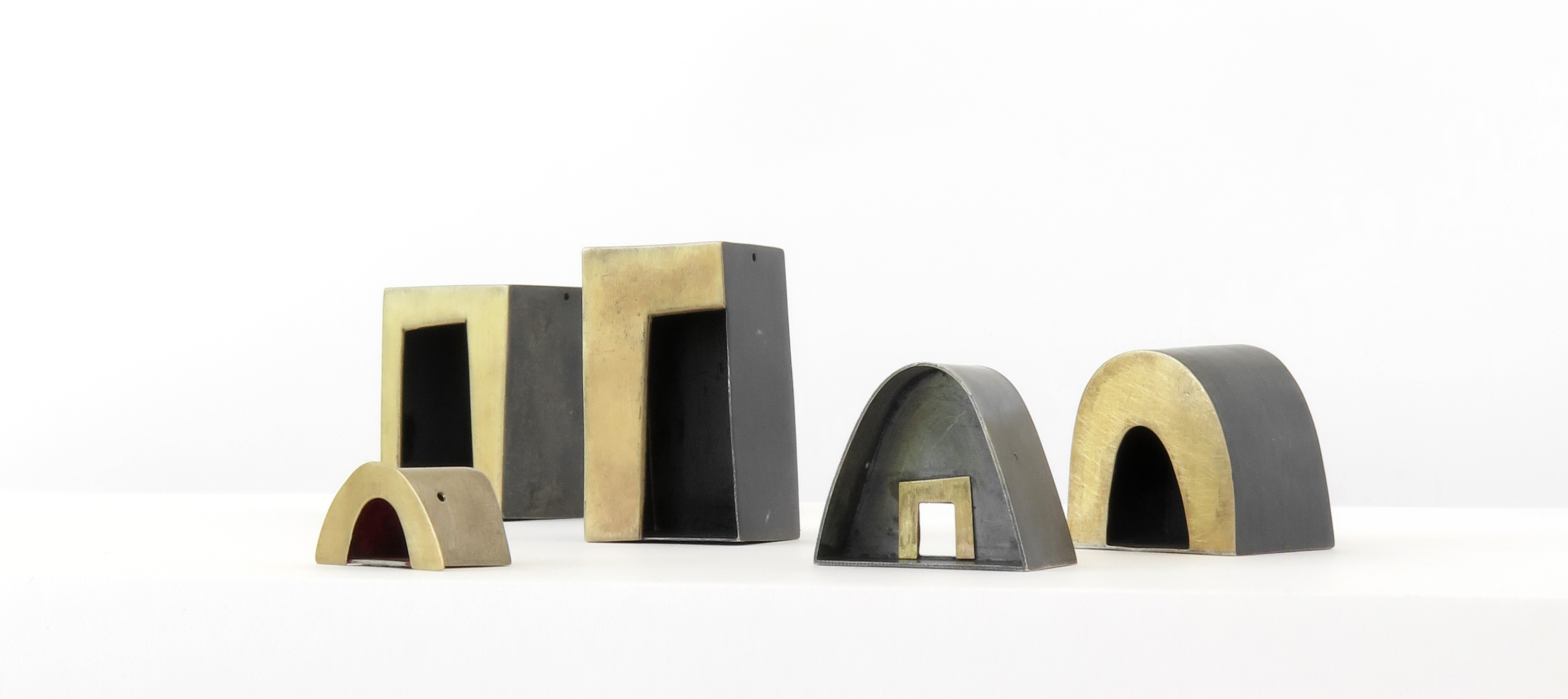
Contemporary Mediterranean jewellery: from Capdevila to Majoral
The cultural closure in Francoist Spain delayed the arrival of contemporary jewellery in the country until the seventies. Nevertheless, before that the Catalan goldsmith Manuel Capdevila had left his mark with a new form of jewellery-making. He did so in Paris, where he created brooches that broke with the established canons. Capdevila liked to work with austere materials, and was the promoter in 1959 of the open jewellery classroom in the Massana School.
Enric Majoral was one of the pioneers who arrived at contemporary jewellery in a natural way in his creative process. Enric Majoral’s route dates back to the seventies on the island of Formentera, where the Catalan jeweller found the place where he could let his imagination run free. Majoral’s creative process emerged parallel to schools of jewellery, in his case self-taught, enabling him to create his own processes, and conceive jewellery with a form of cultural and artistic expression.
The outcome is a self-made jeweller who has learnt from everything around him, and combining traditional techniques with his imagination. Jewellery with a singular language, that transmits emotion and nature onto the body of whoever wears it, expanding the universe of jewellery.
 Cookie preferences
Cookie preferences

